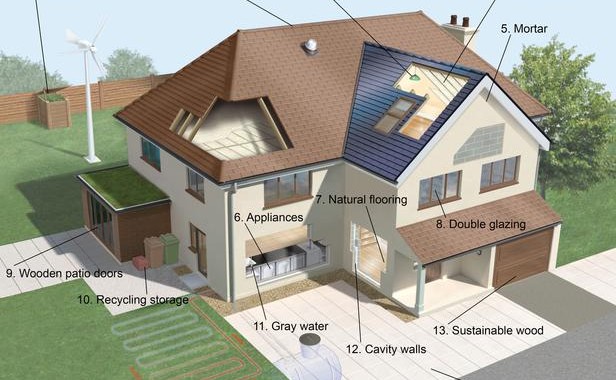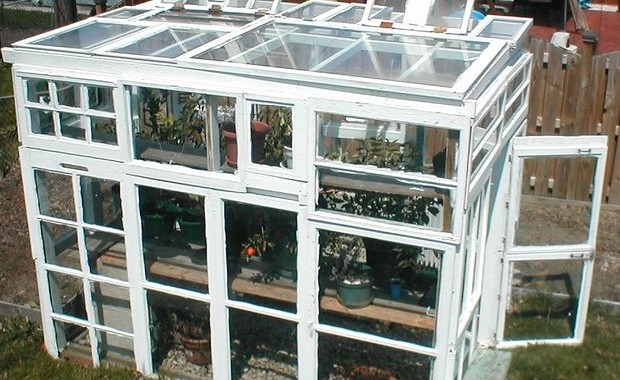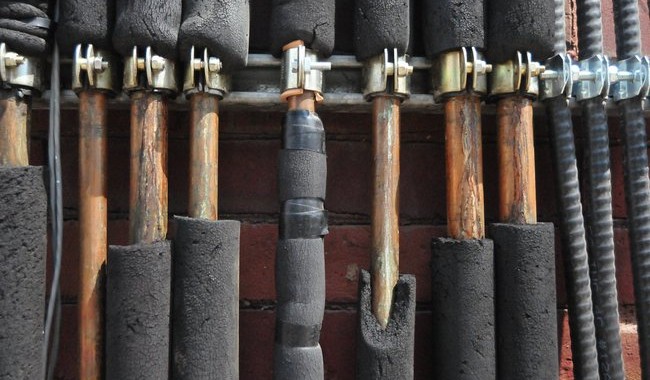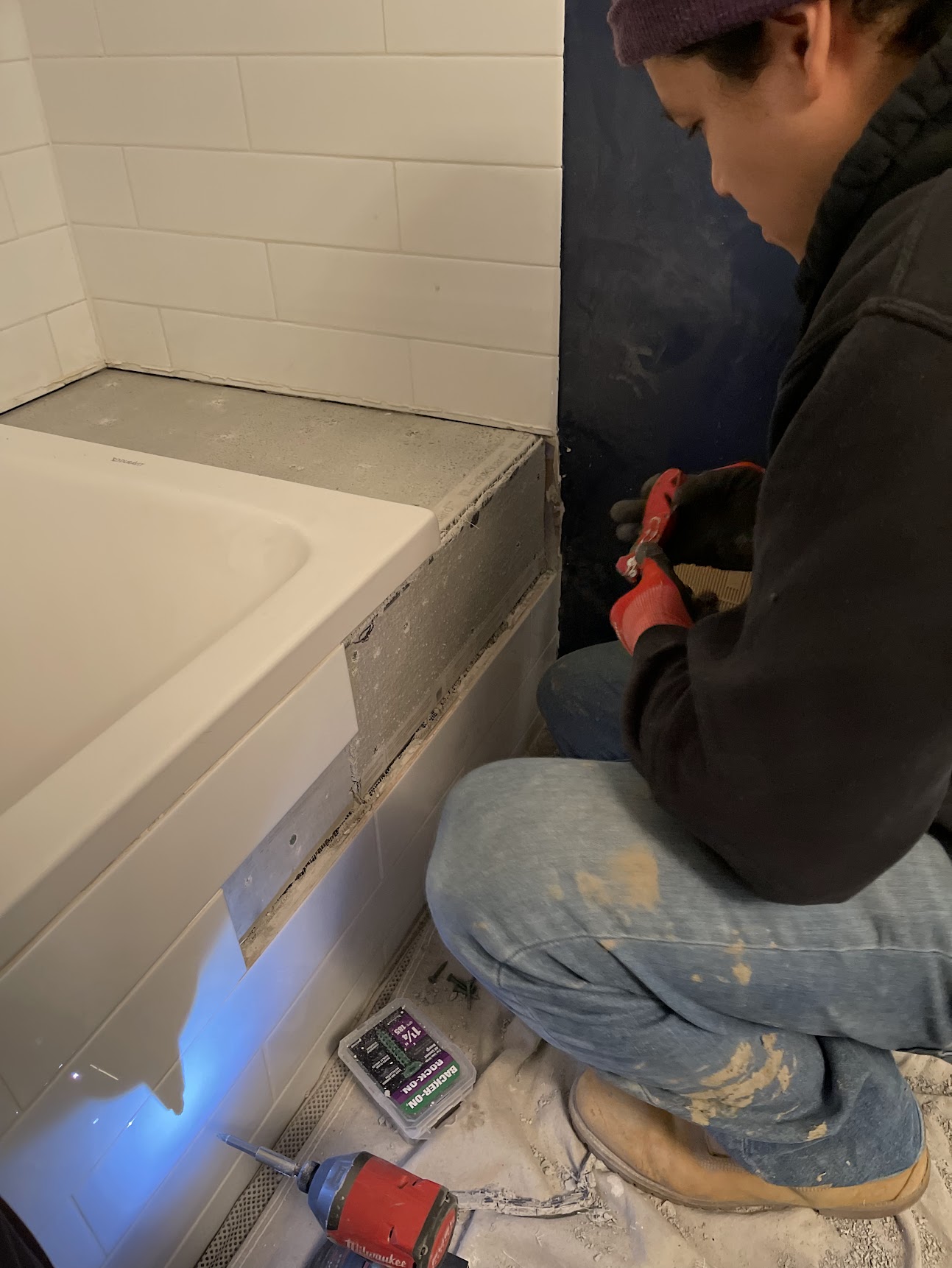
Home Improvements
-

Handyman At Home: Top 5 Ways To Go Green At Home
Going green is not only great for the future of the earth, but also homeowners’…
-

The Best Eco-Friendly Flooring: Cork
Hardwood floors are a staple in most home renovations nowadays. But this flooring can often…
-

Add Green Style To A BackYard With A Window Frame Greenhouse
A greenhouse can be a great addition to any blank canvas of a backyard. But…
-

No Foolin’: Improve Indoor Air Quality With These Simple Terrariums
With spring finally finding its way to Chicago, many people are excited to tend to…
-

Plumbing Handyman 101: Pipe Insulation
Home ownership can make you a plumbing handyman, you just need a few tricks up…







